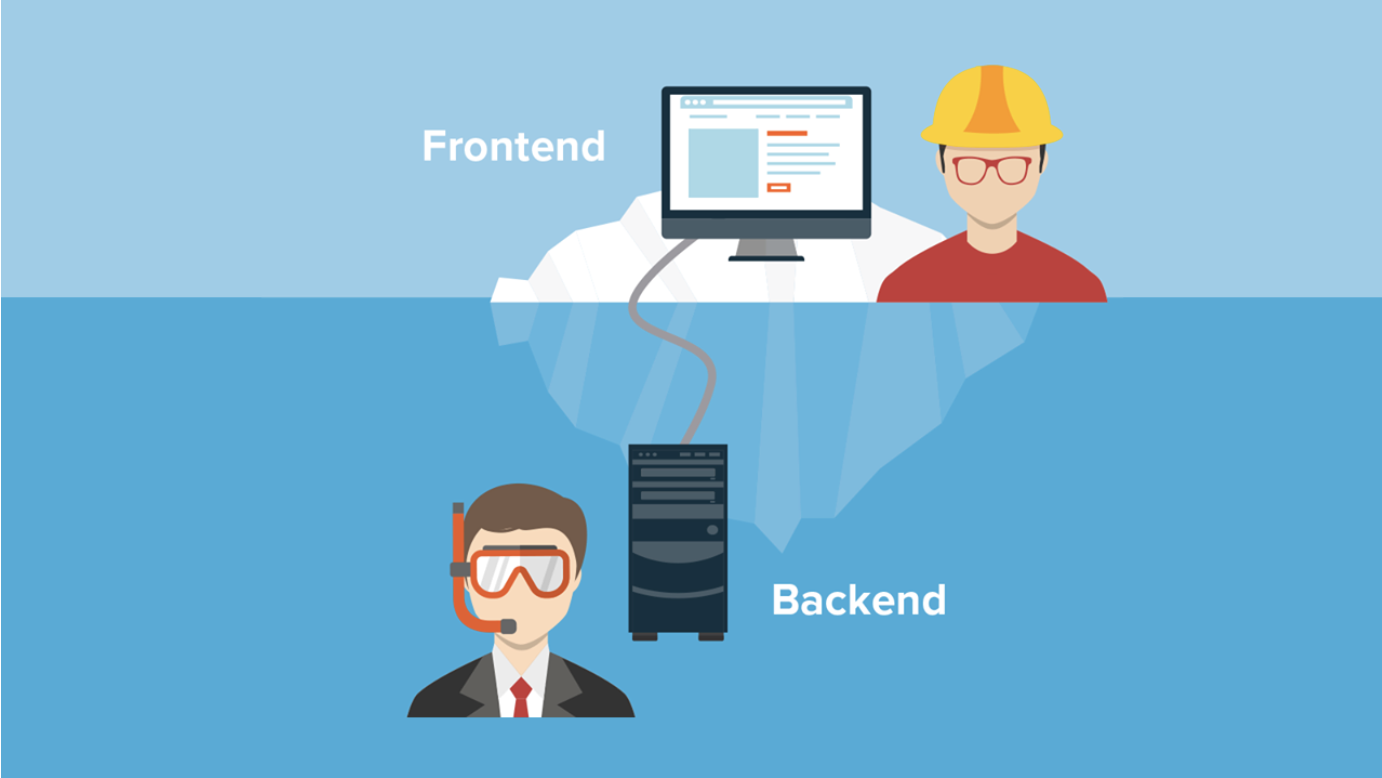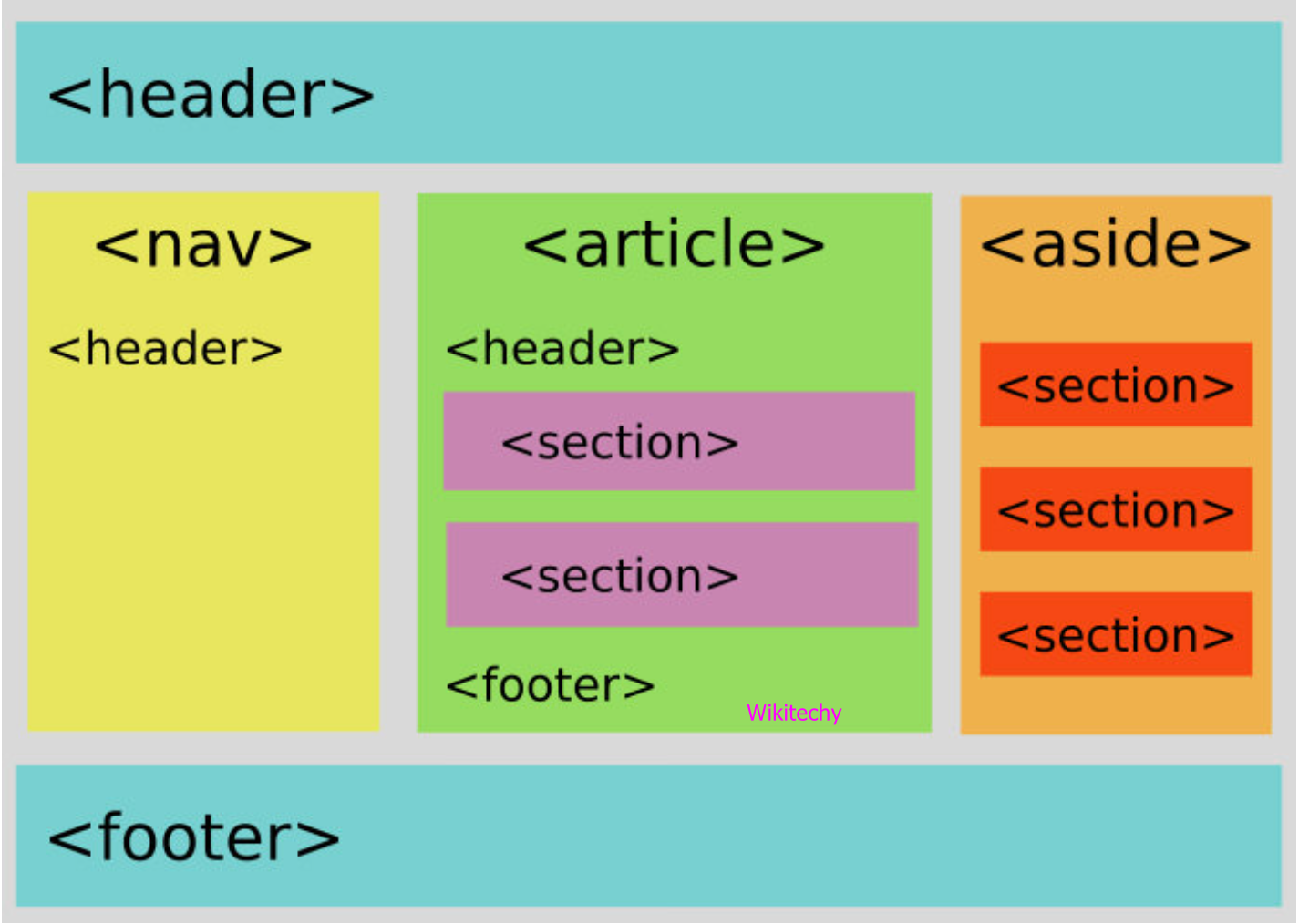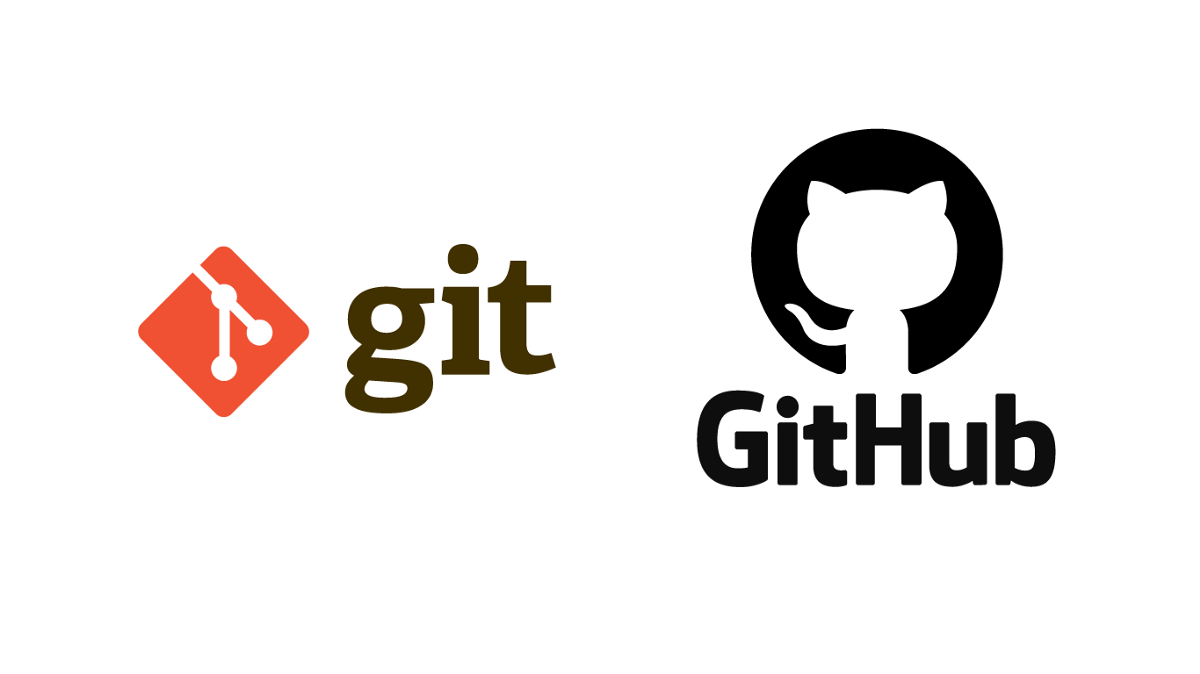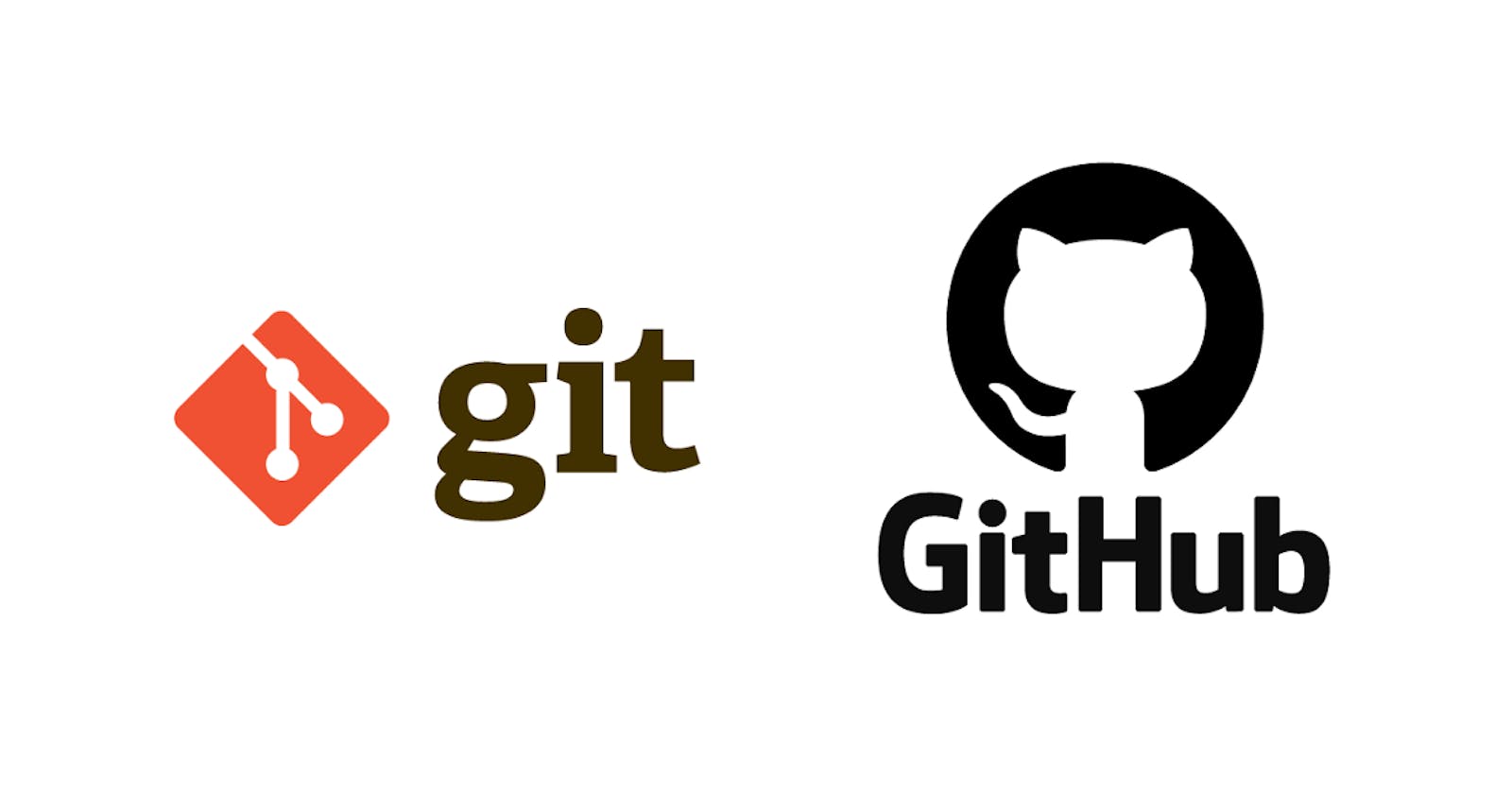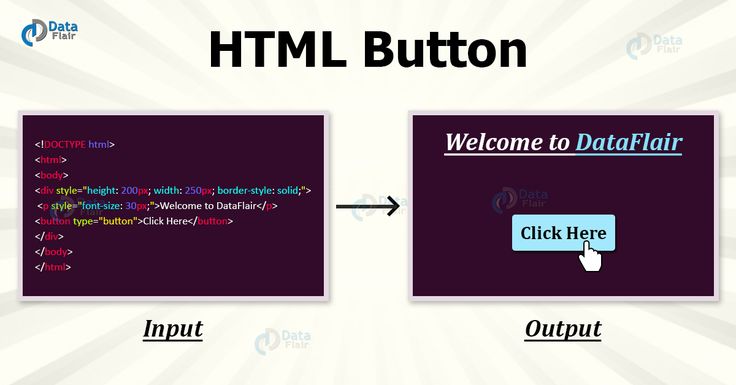Securing the back-end of any application is essential to protect data and maintain trust. The key to strong back-end security lies in properly managing authentication and authorization, along with other protective measures. Without these, sensitive information can be exposed or misused.
Authentication verifies who a user is, while authorization controls what they can do. Combining these with techniques like session management and data protection helps build a secure system. This article will cover essential steps to keep back-end systems safe from common threats and vulnerabilities.

Key Takeways
- Strong identity checks are vital to control access.
- Limiting user permissions reduces security risks.
- Regular reviews and updates improve overall safety.
Understanding Back-End Security Basics
Back-end security focuses on protecting data and services from unauthorized access and attacks. It requires strong controls on the systems that handle user data and manage application logic. Key elements include guarding APIs, databases, and building systems that resist common threats.
The Importance of Securing APIs and Databases
APIs and databases are the backbone of most applications. If APIs are not secured, attackers can misuse them to gain sensitive data or control over the app. Databases hold user information, so protecting them prevents data leaks and abuse.
Authentication and encryption are critical for APIs. This means only authorized users can access the API, and data is sent safely. Databases should also have robust access controls and regular monitoring. Limiting which services can interact with the database reduces risks.
Properly securing these two components stops many attacks early. Many breaches occur because APIs and databases were left exposed or poorly managed.
Common Threat Vectors in Back-End Environments
Threats to back-end systems often come from hackers trying to exploit vulnerabilities. Common attack types include SQL injection, where attackers insert harmful commands into database queries.
Another threat is broken authentication, where weak login processes let attackers steal or guess user credentials. Distributed Denial of Service (DDoS) attacks overwhelm servers with traffic to cause downtime.
Weak configuration and missing patches also open doors for attackers. Back-end systems need regular updates and audits to close these gaps. Monitoring logs can help detect unusual activities before damage happens.
Principles of Secure Architecture
Building a secure back-end starts with strong design principles. Separation of duties means each part of the system only has the permissions it needs to function. This limits what an attacker can do if one part is compromised.
Defense in depth uses multiple layers of security to protect data. For example, a strong firewall, encrypted communications, and secure coding practices work together. Regularly updating software and cleaning up unused services keeps the environment safer.
Least privilege is central. Every process and user should have the minimum access required. This reduces the chance of widespread damage if an account is hacked.
Authentication Strategies
Authentication protects systems by verifying who a user is. It often relies on what the user knows, has, or is. Strong strategies combine different methods to improve security.
Password-Based Authentication Methods
Password-based authentication is the most common approach. Users create a secret word or phrase, which the system checks when logging in. To improve security, passwords should be complex, using letters, numbers, and symbols.
Systems must store passwords securely by hashing them with algorithms like bcrypt or Argon2. This makes passwords hard to recover even if data is stolen.
Enforcing password policies helps. This includes minimum length, expiration periods, and blocking reused or common passwords. Password managers help users create and store strong passwords safely.
Multi-Factor Authentication Implementation
Multi-factor authentication (MFA) adds extra layers. Besides a password, users provide one or more additional proofs. These might be something they have (like a phone), something they are (fingerprint), or a temporary code.
Common MFA methods include:
- SMS or email codes: Sent after password entry.
- Authenticator apps: Generate time-based codes.
- Hardware tokens: Physical devices to confirm identity.
Implementing MFA reduces risks if passwords get stolen or guessed. It is especially important for sensitive data or admin accounts.
Token-Based Authentication Protocols
Token-based authentication uses a digital token instead of passwords for each request. Tokens prove the user has already logged in. Common protocols include JWT (JSON Web Tokens) and OAuth.
Tokens store user identity and permissions in a secure way. They can expire after set times to limit risk.
Tokens are sent in HTTP headers, keeping credentials off the network with every request. This method suits mobile apps and APIs, where sessions may not work well.
Proper token handling means checking signature, expiration, and scope before granting access.
Authorization Frameworks
Authorization frameworks determine who can access specific resources and what actions they can perform. They help control data and feature access based on defined rules or user attributes. Different methods offer varying levels of flexibility and control.
Role-Based Access Control (RBAC)
RBAC assigns permissions to users based on their roles in an organization. Roles represent job functions like “admin,” “editor,” or “viewer.” Each role has specific rights, and users inherit these permissions automatically.
This method simplifies management. Instead of assigning permissions to each user, administrators manage roles and attach users to those roles. It works well for systems with clear job functions and static access needs.
However, RBAC can be rigid. It may struggle when users need permissions that don’t fit cleanly into roles or when access depends on dynamic conditions.
Attribute-Based Access Control (ABAC)
ABAC controls access based on attributes related to users, resources, and environments. These attributes might include user department, data sensitivity, or time of day. Policies combine these factors to make decisions.
ABAC supports fine-grained access control and dynamic rules. For example, a policy might allow a user to view files only if they are part of the finance team and the request happens during business hours.
This system is flexible and scalable but can be more complex to set up and manage. It requires a detailed definition of attributes and policies.
Least Privilege Enforcement
Least Privilege means giving users the minimum access needed to do their job. This practice limits risk by reducing the number of users with broad permissions.
Enforcing least privilege involves regularly reviewing and adjusting rights. It helps prevent accidental or malicious access to sensitive data.
Automation tools often assist with tracking permissions and flagging unwanted access. This principle is essential to maintain tight security in any authorization framework.
Session Management Best Practices
Effective session management reduces security risks. It controls how user data is stored and accessed during their interactions. Two key parts are handling cookies safely and making sure sessions end properly to protect user accounts.
Secure Cookie Handling
Cookies should be set with the HttpOnly flag. This prevents client-side scripts from accessing session cookies, reducing the risk of cross-site scripting (XSS) attacks.
The Secure flag is also necessary. It ensures cookies are only sent over HTTPS, protecting them from being captured on insecure networks.
Using the SameSite attribute helps prevent cross-site request forgery (CSRF) attacks by restricting cookie sharing across sites. The values Strict or Lax limit when cookies are sent.
Cookies must store only session identifiers, never sensitive data. This keeps critical information safe even if cookies are intercepted.
Session Expiration and Invalidation
Sessions should have a clear expiration time. This limits how long a session can stay active after user inactivity, usually set between 15 and 30 minutes.
Session invalidation must happen on logout or when the user changes passwords. This stops further use of old sessions.
Implementing sliding expiration can extend session duration after user activity, but it should not allow indefinite sessions.
Servers must securely destroy session data after expiration. This prevents reuse or theft of session tokens later.
Protecting Sensitive Data
Securing sensitive data requires careful handling to prevent leaks or unauthorized access. Use strong measures to control how data moves, where it is stored, and how it appears to users or systems.
Encryption in Transit and at Rest
Data must be encrypted when it travels between clients and servers to stop others from reading it. HTTPS with TLS (Transport Layer Security) is standard for securing data in transit. Certificates should be up to date and configured properly.
Data stored on disks or databases also needs encryption, known as encryption at rest. This stops attackers from reading files even if they get direct access. Use strong algorithms like AES-256. Key management must be strict so encryption keys are stored separately and securely.
Securing Environment Variables
Environment variables often hold secrets like API keys or database passwords. These must never be hard-coded in code or exposed publicly.
Store environment variables on secure servers and limit who can access them. Use tools like vaults or secret management services that encrypt these values and allow controlled access. Rotate secrets regularly and audit access to spot unusual activity.
Data Masking Techniques
Data masking hides sensitive details when they are not needed in full. For example, showing only the last four digits of a credit card number protects user privacy.
Techniques include:
- Static Masking: Replace data in a copy of the database for testing.
- Dynamic Masking: Mask data on the fly during queries.
- Tokenization: Replace sensitive data with tokens that have no meaning outside the system.
Masking reduces risk if someone accesses less protected parts of the system.
API Security Measures
Protecting APIs requires strong identity verification, control over how many requests can be made, and careful handling of all incoming data. These three areas help reduce risks like unauthorized access, abuse, and attacks that exploit weak inputs.
Implementing OAuth and OpenID Connect
OAuth is a protocol that allows secure authorization by granting limited access without sharing passwords. It uses tokens to give third-party apps permission to access resources. OpenID Connect adds authentication to OAuth, confirming user identity while maintaining security.
Tokens should be short-lived and refreshed securely to limit exposure. It’s important to use HTTPS for all token exchanges to prevent interception. The correct scopes must be set to restrict access to only what is necessary. Combining OAuth with OpenID Connect ensures both secure login and proper permission management.
Rate Limiting and Throttling
Rate limiting controls how many requests a client can make to the API in a set time. This prevents attacks such as denial of service and reduces server overload. Throttling slows down request processing once a threshold is reached but still allows some traffic.
Developers should set clear limits based on typical user behavior and API capacity. Returning proper error codes like 429 (Too Many Requests) informs clients of rate limits. Implementing both limits helps maintain availability and performance while blocking abusive patterns.
Input Validation and Sanitization
Every input the API receives must be checked to ensure it matches expected types, formats, and ranges. Validation rejects malformed or unexpected data before it can cause harm. Sanitization further cleans inputs by removing harmful characters or code.
This step stops injection attacks such as SQL injection or cross-site scripting. Both client-side and server-side validation should be used, but server-side checks are critical since clients can be bypassed. Using strict schemas and whitelist filtering improves data safety and reduces vulnerabilities.
Preventing Common Attacks
Strong back-end security relies on stopping attacks that target databases, user inputs, and session tokens. It is important to use precise defenses like input validation, secure coding, and token verification to keep data safe.
Mitigating SQL Injection
SQL Injection happens when attackers insert harmful SQL code into input fields. It lets them see or change sensitive data in the database.
To stop SQL Injection, use prepared statements or parameterized queries. These keep user inputs separate from SQL commands.
Avoid building SQL queries by directly adding user data. Instead, rely on these secure methods.
Also, apply strict input validation and limit database permissions to only what the app needs. This reduces damage if an attack succeeds.
Regularly update database software and libraries. This keeps bug fixes and security patches current.
Defending Against Cross-Site Scripting (XSS)
XSS attacks happen when attackers put malicious scripts into web pages viewed by other users. This can steal cookies or hijack sessions.
To prevent XSS, always sanitize and encode user input before showing it on a page. Libraries like DOMPurify help with this.
Use Content Security Policy (CSP) headers. CSP directs browsers what scripts are safe to run.
Avoid inserting raw HTML based on user input. Rely on trusted templates or frameworks that handle encoding automatically.
Monitor inputs for unusual patterns and keep frameworks updated to patch vulnerabilities.
Protecting Against Cross-Site Request Forgery (CSRF)
CSRF tricks users into executing unwanted actions while logged in. Attackers send fake requests that look legitimate.
Use CSRF tokens to prevent this. The server generates a unique token for each session. Every sensitive request must include this token.
Verify the token on the server to confirm the request is genuine.
Use the SameSite cookie attribute to restrict how cookies are sent with cross-site requests.
Limit actions to POST methods and avoid allowing state changes through GET requests.
These methods work together to block CSRF attacks effectively.
Monitoring and Logging for Security
Effective monitoring and logging help spot unusual activity and provide records of what happens in a system. This includes tracking user actions and detecting harmful behavior automatically.
Implementing Audit Trails
Audit trails keep a detailed record of all important actions in a back-end system. Every login, data access, and configuration change should be logged with timestamps, user IDs, and IP addresses. These logs must be stored securely and protected from unauthorized changes.
A good audit trail allows teams to trace back any suspicious event quickly. It also helps meet compliance rules by showing who did what and when. Regular checks of audit logs are necessary to catch errors or security breaches early.
Automated Threat Detection
Automated threat detection uses tools to analyze logs and system behavior in real time. These tools can spot patterns like repeated login failures, data exfiltration attempts, or unusual access times.
Alerts trigger when suspicious activity is found, allowing quick response before damage happens. Machine learning or rule-based systems are common approaches to filter out normal activity from threats.
Implementing this adds an extra layer of security by continuously watching over the back-end and reducing the chance of unnoticed attacks.
Regular Security Assessments
Regular checks of the back-end help find weak spots before attackers do. This includes testing the system like a hacker would and reviewing the code for mistakes or security gaps.
Conducting Penetration Testing
Penetration testing involves simulating attacks on the back-end to find vulnerabilities. Professionals or automated tools try to exploit weak points as if they were hackers. This shows exactly where defenses fail.
Tests should cover all entry points like APIs, databases, and login systems. Testing regularly, such as every few months or after major updates, helps catch new risks.
Results must be documented clearly. Fixing found issues should have priority based on risk level. Retesting ensures that fixes actually work.
Code Reviews and Vulnerability Scanning
Code reviews look closely at the program’s source to find security issues. Developers or security experts check for mistakes like hardcoded passwords or unsafe data handling.
Vulnerability scanning uses automated tools to detect known security flaws in the code and software components. This quickly spots outdated libraries or insecure configurations.
Combining manual code reviews with automated scans gives better coverage. Both should be done regularly and after any changes to the code.
Key points to check in reviews:
- Proper input validation
- Safe authentication and session management
- Secure data storage
Regular assessments reduce risks by fixing problems early.
Staying Updated With Security Trends
Security changes fast, so staying informed is key. Developers should follow trusted sources to watch for new threats and fixes. This helps keep back-end defenses strong.
Some good ways to stay updated include:
- Reading security blogs like Krebs on Security or Troy Hunt’s blog
- Subscribing to newsletters from organizations like OWASP
- Joining security forums such as Stack Exchange or Reddit’s r/netsec
- Attending webinars, workshops, or conferences
Regularly updating software and libraries is also important. Many attacks exploit old vulnerabilities, so using the latest versions reduces risk.
It helps to set alerts for security patches on critical tools and frameworks. This way, developers can apply updates quickly.
Using tools that check for vulnerabilities automatically can save time. These tools scan code and dependencies and show where problems might exist.
Finally, educating the whole team about new trends builds stronger security. Everyone should understand why updates and reviews matter.
Key points to remember:
| Action | Why It Matters |
|---|---|
| Follow trusted sources | Learn about latest threats |
| Apply patches fast | Fix known vulnerabilities |
| Use automated scanners | Find hidden risks early |
| Share knowledge in teams | Keep security a group effort |
Staying updated reduces chances of breaches and helps maintain solid back-end security.
read more in Semantic HTML
